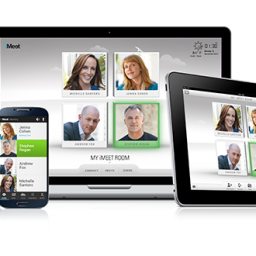Original Post by Luis Ramirez
A picture might be worth a thousand words, but one minute of video is worth 1.8 million, according to marketing experts. This powerful media form uses a series of pictures to spark emotional connections, and can deliver information in bite-size pieces to hold the attention of employees and customers. In fact, video growth has outpaced every other media online—with US adults logging an average 115 minutes of viewing time each day.
How Businesses Utilize Enterprise Video Hosting
The most popular use of video by companies is to create experiences through corporate YouTube channels. These avenues allow not only knowledge sharing with employees, but knowledge preservation, the ability to feature both live and on-demand content, to provide just-in-time training, and to create internal collaboration.
Other types of video deployments are physical and hybrid events, which can be aimed at both internal and external audiences. The benefit of this route is extending the life of captured content in order to reach a wider audience. Once the physical event has happened, information can be tailored and organized into a self-service format to make searching easy.
Keep in mind that physical and hybrid events are cyclical. Not only is there an audience to attract, but there’s also the delivery of compelling content, the drive for engagement through mobile access and social features, follow up, and analysis. Out of these key ingredients, the most important one is measuring engagement. What worked? What didn’t? How can this information be used for future video deployments?
Choosing a Business Video / Multi-media Platform
Despite knowing how powerful video can be, many companies hesitate to implement an online platform. The main reason? They don’t know what’s out there. An easy approach is to hop on LinkedIn and find out what your industry leaders and peers are using.
Here’s what every online video platform should allow you to do:
- Ingest and organize content.
- Define your workflow. (Find a way to vet content before it goes live.)
- Automate video distribution to YouTube, Facebook, Twitter, etc. and also automate the metrics to flow back up.
- Manage bandwidth and delivery so people with mobile and slow connections have access.
- Uncover trends through big data and analytics.
- Keep your content secure.
To learn more about utilizing video for your enterprise–including tips to drive engagement, personalize videos, and improve searches–click here!



